Note: This website was automatically translated, so some terms or nuances may not be completely accurate.
Yamaha Motor's "Communication Plaza": Weaving Craftsmanship and Technology into the Future
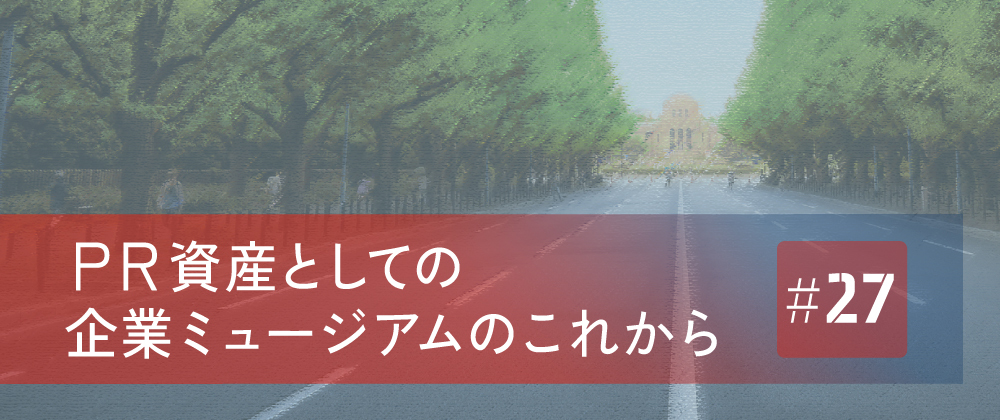
Yamaha Motor is a global company with over 90% of its sales coming from overseas. Its motorcycles have a strong, dedicated fan base worldwide, including in Europe and North America. The company's safety vision, "Human-Machine Sensory Harmony × Human-Machine Safety," refers to the "Inspiration Cycle" (a value creation model that illustrates Yamaha Motor's business activities from a brand perspective), which constantly generates innovation. This "Inspiration Cycle" is the very source that continuously draws fans in. The company maintains a constant commitment to the creativity of its proprietary technologies, stemming from its corporate philosophy of being an "Inspiration-Creating Company." We would like to introduce the company's museum, the "Communication Plaza" (Iwata City, Shizuoka Prefecture), where this philosophy is fully realized.
Reporting and Text: Norihito Atari (PR Consulting Dentsu Inc.)
"Communication" is the Key Concept
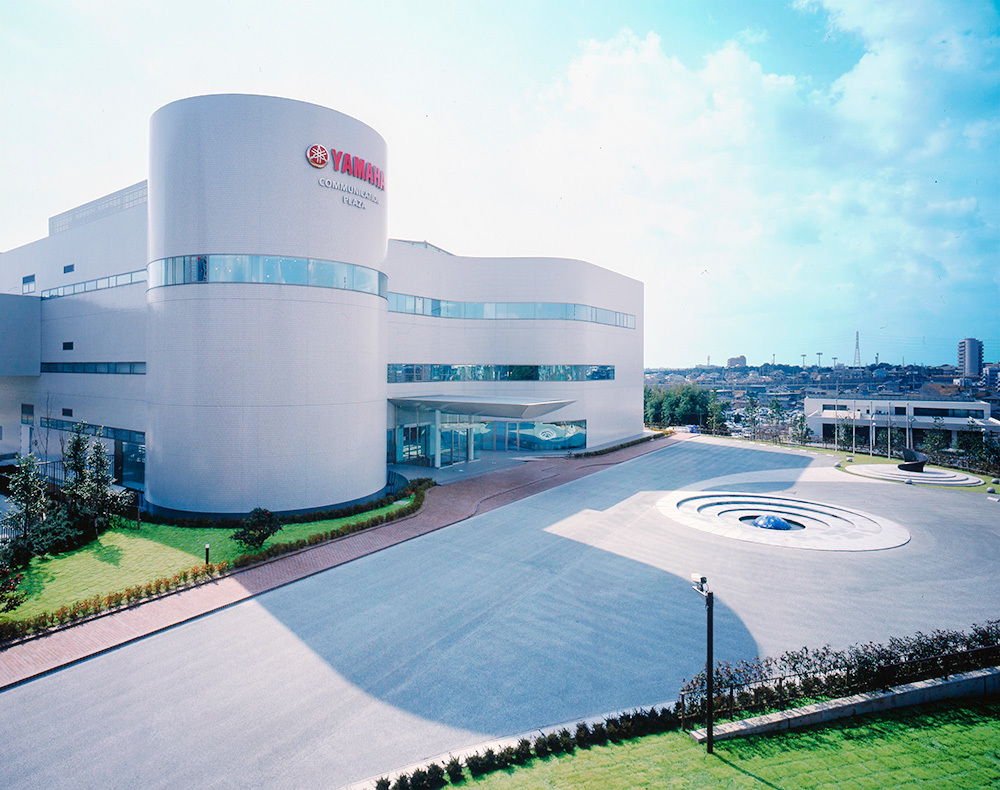
The "Communication Plaza" is Yamaha Motor's corporate museum, established on the company's headquarters grounds in Iwata City, Shizuoka Prefecture. This three-story facility, with a total floor area of 6,200 square meters, displays approximately 300 exhibits, including engine parts from various products. Advocated by then-President Takehiko Hasegawa (4th President, honorific omitted) as a facility to showcase Yamaha Motor's "past, present, and future," it opened on July 1, 1998, as a commemorative project for the company's 40th anniversary. This year marks its 25th anniversary.
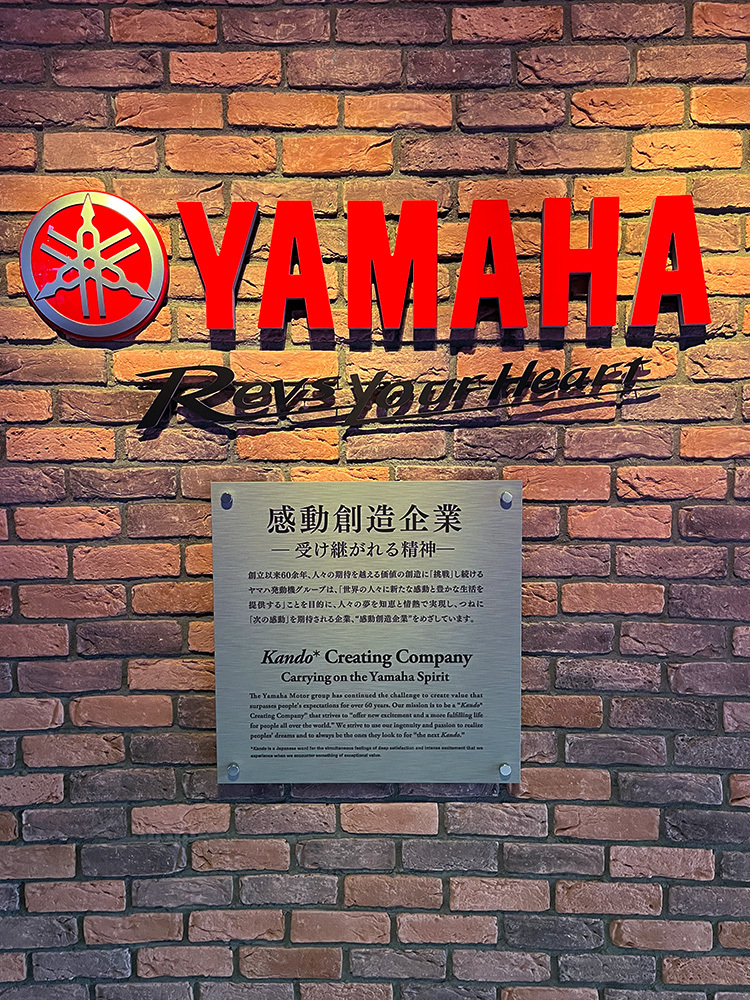

The facility's name has been "Communication Plaza" since its founding, with "communication" as its key concept. At the time of establishment, the company had just overcome a challenging business environment. The name reflects the vision to create a hub for smoother communication with shareholders, customers (users), local communities, and especially employees.
While employee relations and engagement are commonplace today, it's remarkable that the company understood the importance of internal communication and reflected this in its naming even back then. For this feature, we spoke with Mr. Genji Matsuo of the Corporate Communications Department, who oversees the entire Communication Plaza, and he gave us a tour of the facility.
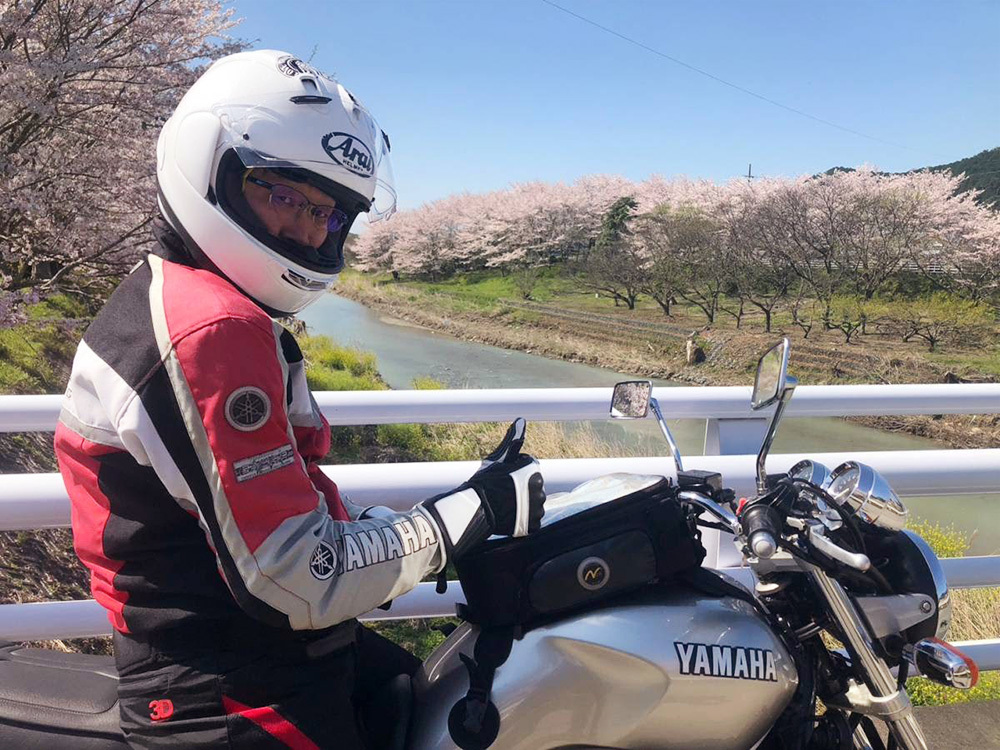
Targeting Diverse Audiences
The first floor showcases the present and future, the second floor displays motorcycles by decade (1955–, 1970s, 1980s, 1990s), and the third floor houses training and conference rooms. Visitors include local residents, motorcycle enthusiasts stopping by during tours, and employees from domestic new hires to overseas subsidiaries visiting as part of training programs. During summer vacation, staff-led events like "Engine Disassembly and Assembly Workshops" for local children are held. It also serves as a gathering place for community members and fans, hosting programming classes for shareholders' children.
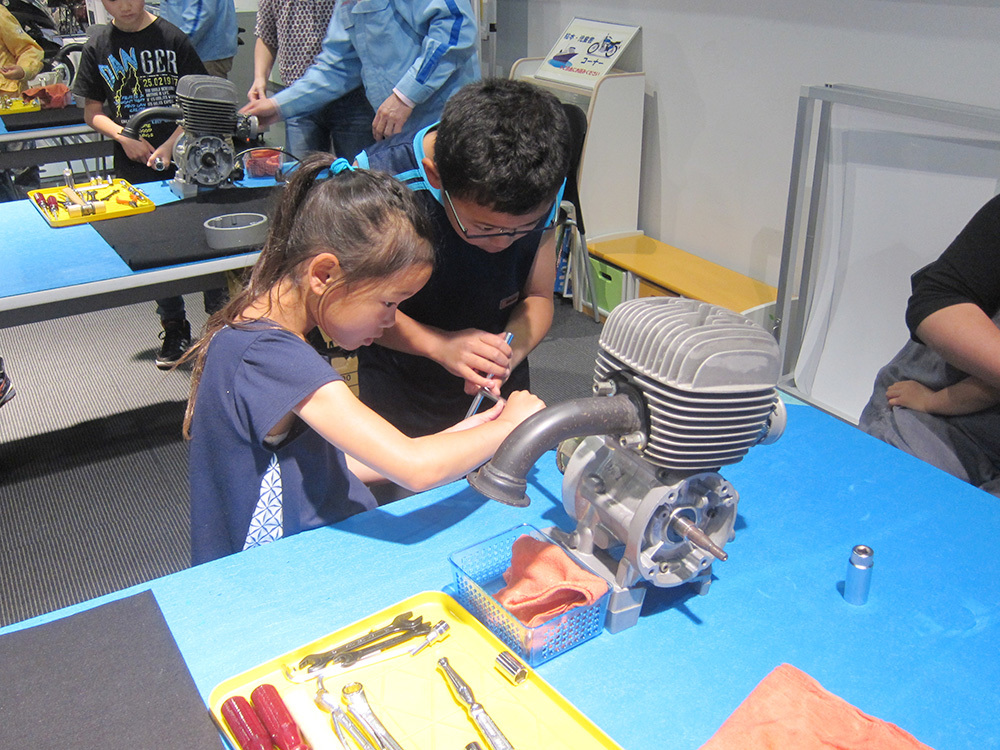
Recently, junior high, high school, and technical college students have also visited for social studies field trips. "Some students even say, 'I want to work at Yamaha Motor in the future,'" says Matsuo. "Receiving messages of gratitude for the facility was truly heartwarming."
The Communication Plaza also serves as a hub for collaboration with Shizuoka University of Art and Culture. The Innovation Center, Yamaha Motor's research base for product design and pioneering innovation, co-hosts workshops with the university. This partnership extends beyond tours to include design collaborations.
Before the COVID-19 pandemic, approximately 120,000 people visited the plaza annually in 2019. Although visitor numbers decreased during the pandemic, cumulative attendance reached approximately 2.9 million by the end of 2022. The website now features a new "Communication Plaza 360° Virtual Experience." This allows users not only to view exhibits inside the plaza in 3D and 360°, but also to access videos and web content related to the exhibits displayed on each floor.
Propellers Tell Their Story: Stirrings and Budding
At the entrance on the second floor, an airplane propeller is displayed under the title "Fetal Movement and Budding: The Dawn Period."
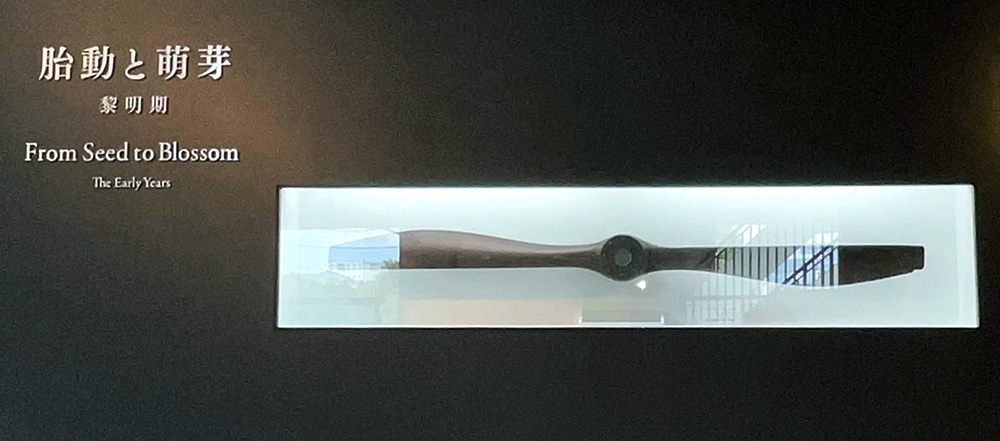
In 1954, a new business was born by utilizing machine tools previously used for producing wooden and metal aircraft propellers after the war, combined with metalworking techniques cultivated through musical instrument manufacturing. Production of the first product, the "Yamaha Motorcycle 125 YA-1," commenced the following year in 1955, with domestic sales beginning in February of that same year. On July 1, 1955, Yamaha Motor Co., Ltd. was established, separating and becoming independent from Nippon Gakki Co., Ltd. (now Yamaha).
From the Success of the First Product, the YA-1, to the Present
Founder and first president Genichi Kawakami, observing the proliferation of motorcycle manufacturers, "Japanese motorcycles are still inferior. If we can make products that compete globally, we can hold our own even as a latecomer." He spurred his employees on, and they assembled a prototype in just 10 months from the start of development. The first product released, the "YA-1," was a success. From the very beginning, he was also a leader who looked to the world, believing that "a product that doesn't work overseas isn't a product."

During the high-growth era of the 1960s, the company diversified into boats, outboard motors for boats, snowmobiles, and more. Among these, the Toyota 2000GT sports car, released in 1967, stands out with a striking impact and unique presence in the first-floor exhibition corner of the Communication Plaza. As is well known among car enthusiasts, the Toyota 2000GT's engine was jointly developed by Toyota and Yamaha Motor.
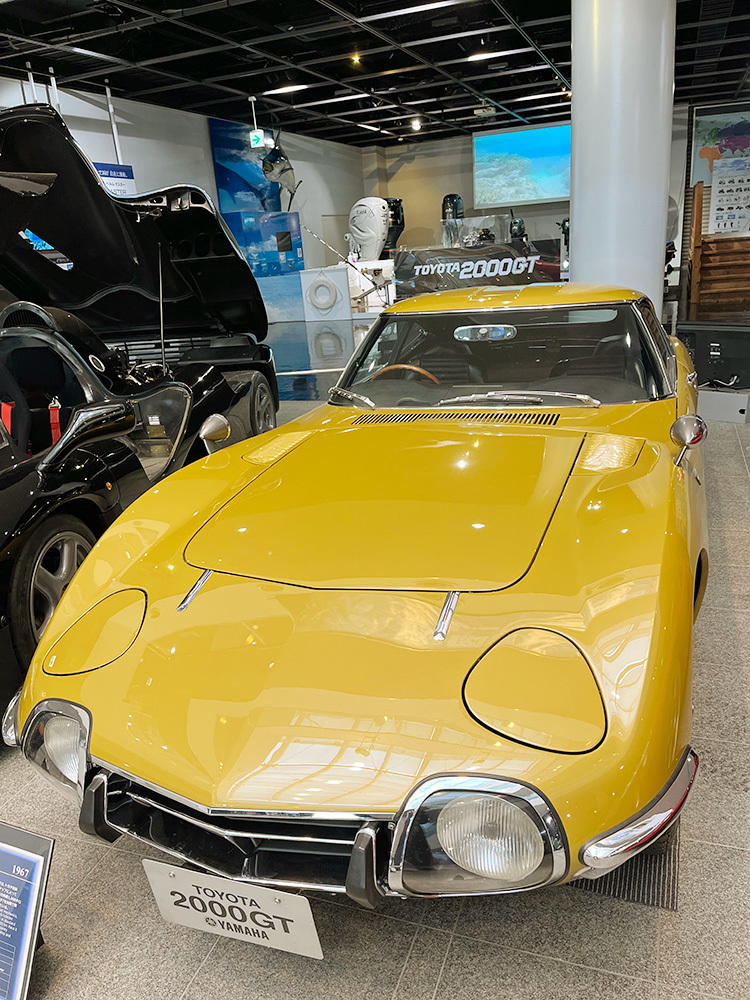
From the late 1960s onward, this engine performance enhancement evolved into manufacturing technologies for industrial machinery and robots, later extending to snowplows, electric-assist bicycles, and electric wheelchairs. Driven by the aspiration inherited from Nippon Gakki (now Yamaha) to "contribute to people's lives," the company pursued "diversification of business lines." Indeed, examining any of its products reveals that the concept "Creating a world of expanding mobility" has always been central to its technology and product development philosophy.
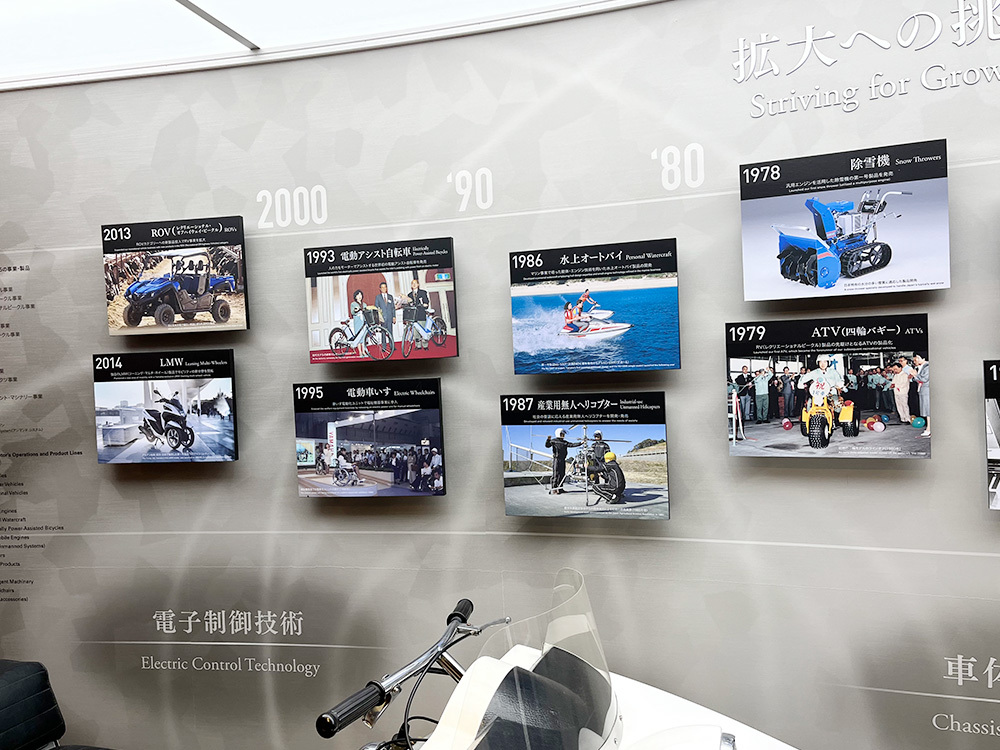
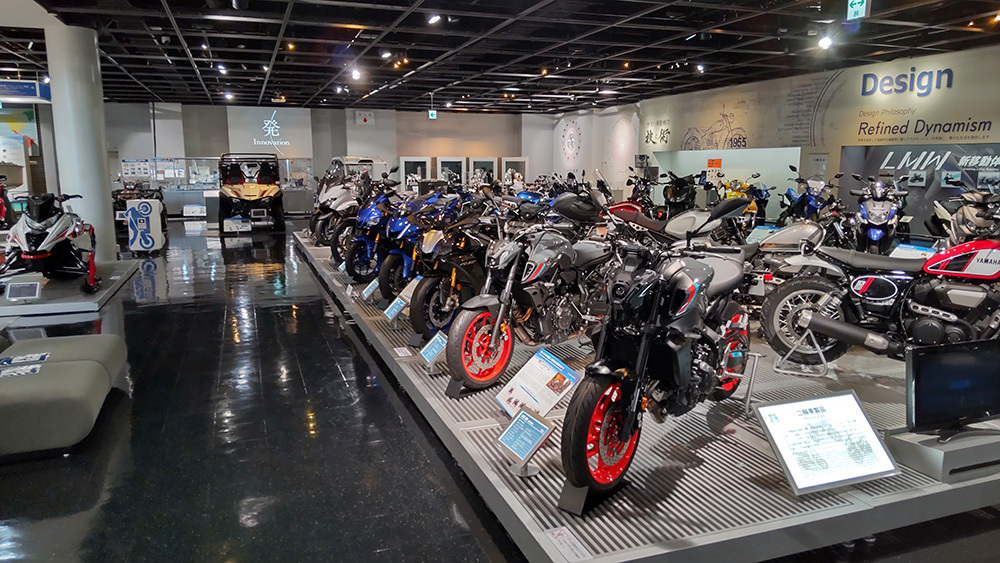
Yamaha Motor's Craftsmanship and Techniques: A Focus on "Dynamic Display" and Restoration Technology
What is truly astonishing at this facility is that while machines from every decade since 1955 are on display, nearly all exhibited vehicles are dynamically preserved. They are maintained in a condition where they can still run today. Behind this lies the company's sincere commitment to preserving its restoration techniques, ensuring they do not fade away.
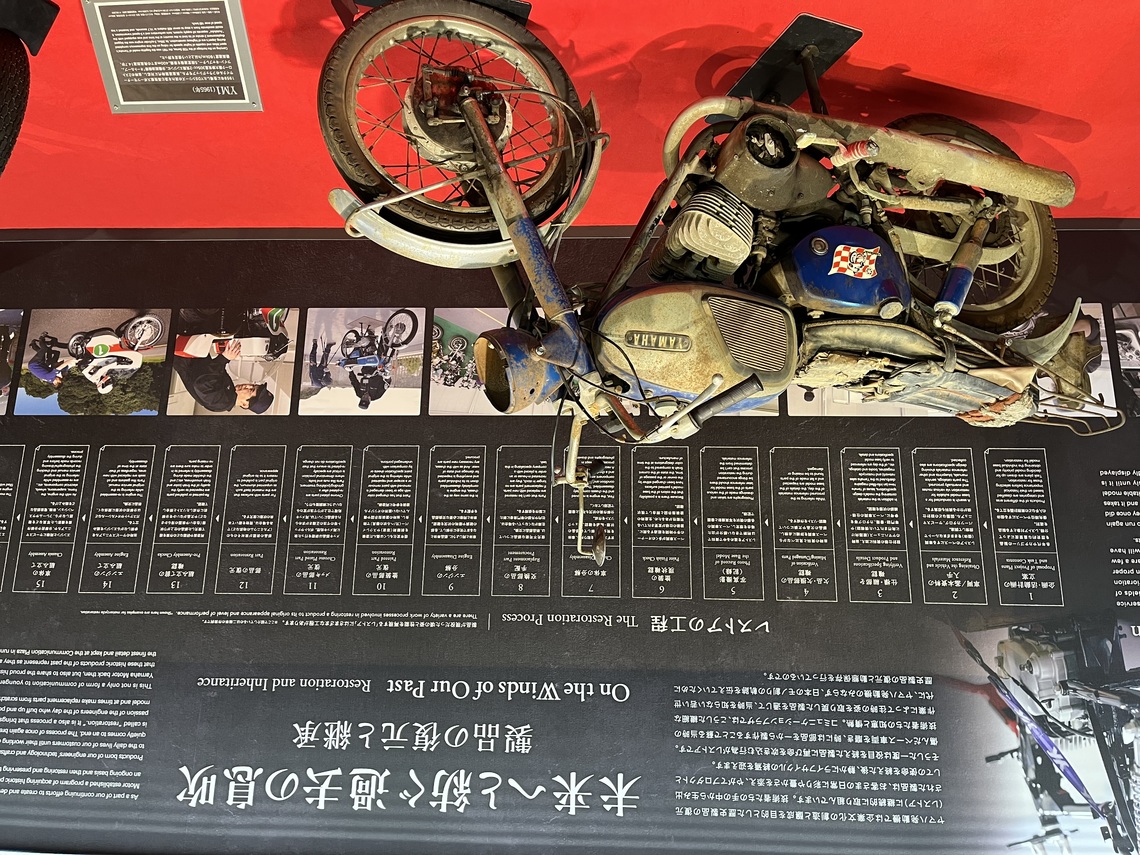
Restoration techniques face significant challenges due to the dwindling number of technicians and the need to pass down craftsmanship. The restoration process involves a staggering 18 distinct steps, each demanding meticulous attention. It is precisely because these exhibits are authentic that they possess such compelling power. The passion and spirit of the engineers, embedded in each product created as part of the company's DNA, still resonate today. It is by unraveling the past and weaving it into the future that we have arrived at the present.
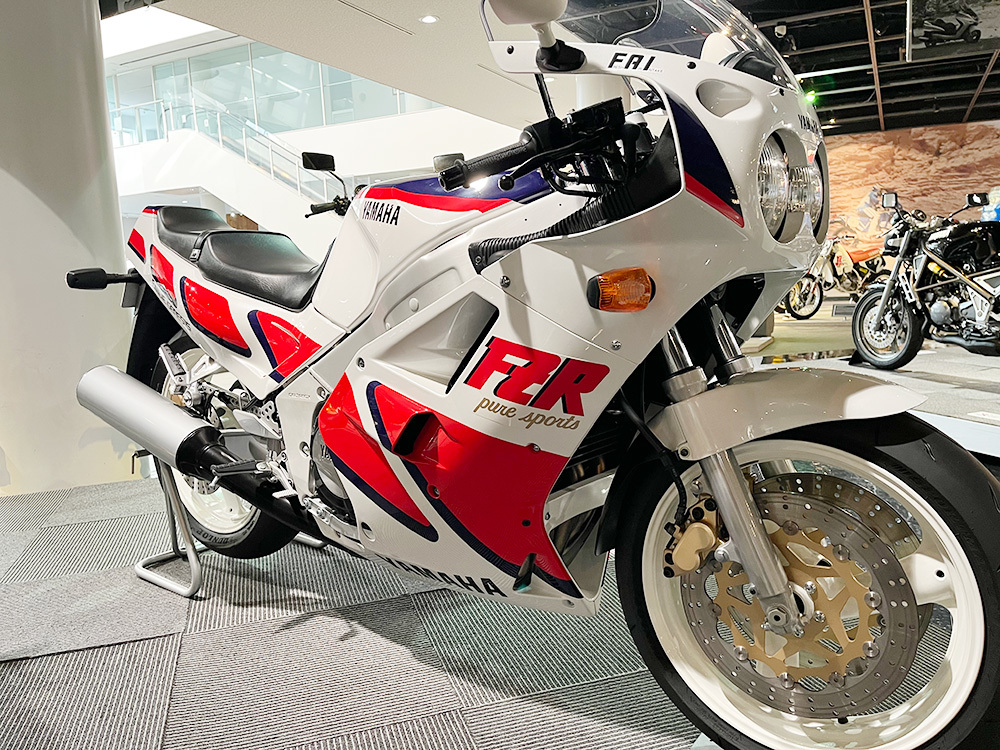
Exploring Bridges and Missing Links for the Present and Future
Yamaha Motor's craftsmanship and techniques are showcased with particularly striking impact among the exhibits. The company's coined term "Human-Machine Sensuality" refers to "quantifying the joy, excitement, and pleasure born from human-machine unity and weaving it into performance." This allows visitors to understand more concretely and visually, with their whole bodies, what it means to embody the vision of an "Emotion-Creating Company."
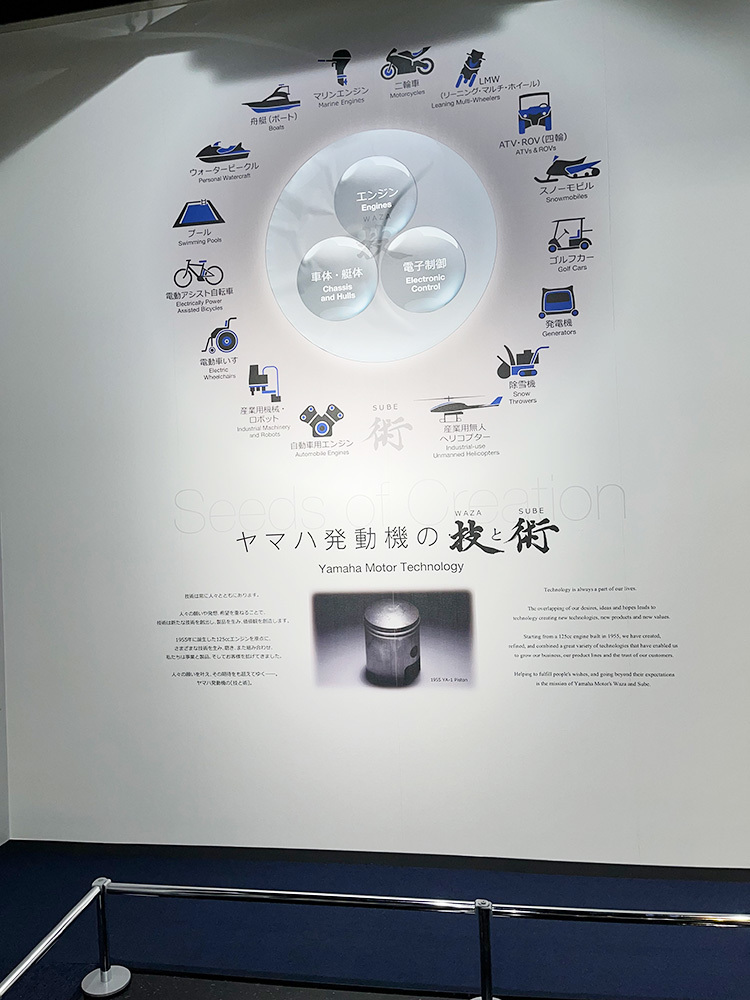
According to Mr. Matsuo, the spirit of "challenge" embodies the message "Yaramaika" passed down from predecessors. This Enshu (western Shizuoka Prefecture) dialect phrase means "Let's give it a shot" or "Why not give it a try?", embodying a spirit of boldly taking on new challenges. When used within the company by seniors to juniors, it carries a human touch, implying "Go ahead and try it (I'll support you all the way)."
A senior colleague who retired from the company, now over 70 years old, occasionally visits this Communication Plaza to deliver valuable materials. "Hearing their advice and stories from that era still provides new insights," says Mr. Matsuo. "Sometimes, it connects the 'missing link' that was lost during the process of passing down technology." The Communication Plaza serves as a bridge between the present and the past, while the spirit and technological necessity of that era continue to be conveyed vividly through each exhibit.
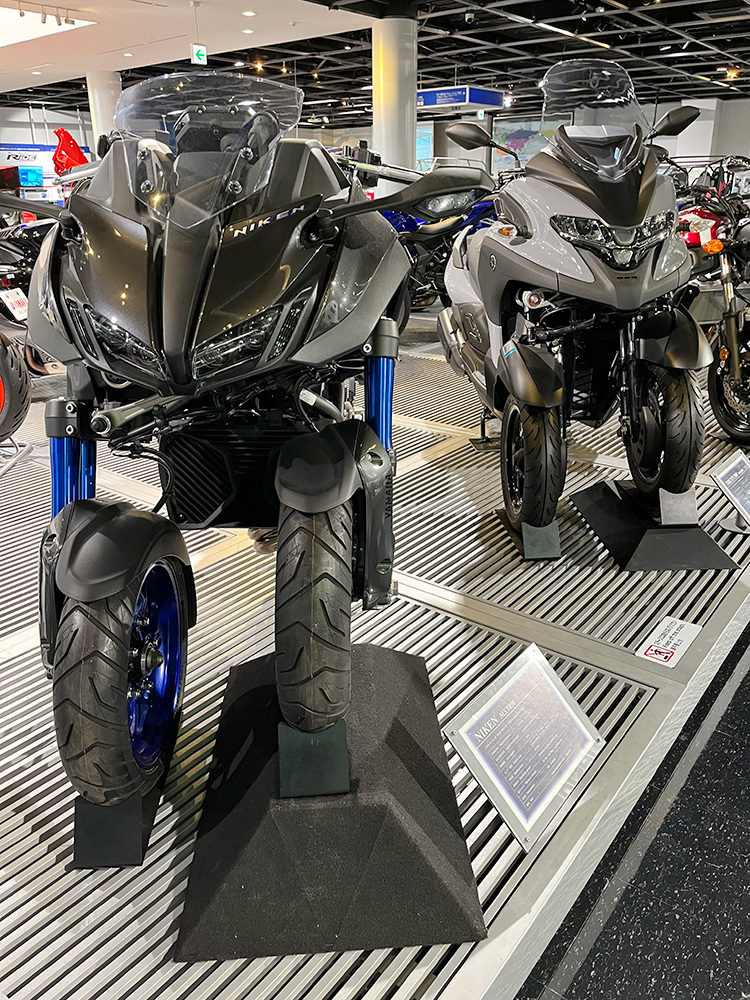
The schematic diagram illustrating the "Technique and Methodology" content subtly featured the company's Leaning Multi-Wheel (LMW) technology. LMW is the collective term for vehicles with three or more wheels that lean (tilt) like a motorcycle when turning. This is a proprietary technology developed ahead of competitors in pursuit of safety.
Born from the pursuit of new safety technologies for motorcycles, it has successfully reached production. The culture and power to invest money and time into shaping such unique proprietary technologies must be the very source of the company's WAZA (skill) and SUBE (technique).
The Communication Plaza embodies this philosophy, allowing visitors to experience it alongside the flow of time and offering hints for ideas that propel us toward the future. It highlights the mindset needed during adversity, the importance of looking forward, and the things we must never lose. Messages from predecessors are scattered throughout the exhibits.
In a sense, the Communication Plaza possesses a centripetal force, like the eye of a typhoon, drawing in diverse visitors—employees, riders, shareholders, local residents—and turning them into fans of the company. Here, the founder, Genichi Kawakami, the first president, might be constantly asking his employees: "Are you weaving the future?"
[Editor's Note] (From the Web Dentsu Inc. Editorial Department)
It's not a nostalgic hit song, but sometimes, in a fleeting moment, I find myself thinking, "If only I could ride a motorcycle."
Swinging onto the seat like mounting a beloved steed, gripping the handlebars. Listening to the pleasant engine sound while cutting through the wind with a sense of freedom. It's a somewhat childish fantasy, but it feels like becoming a hero of justice...
Isn't that image a shared thrill, a common aspiration, regardless of age, gender, or whether you have a license? This museum responds to that feeling in every way possible. The "real" excitement of seeing the actual machines is truly different from any virtual experience. Admission is free. Of course, you don't need a motorcycle license or a helmet either.
Was this article helpful?
Newsletter registration is here
We select and publish important news every day
For inquiries about this article
Back Numbers
Author

Nakamura Norihito
PR Consulting Dentsu Inc.
Corporate Communications Strategy Bureau
Corporate Public Relations Strategy Research Institute Director
In the Communication Research and Issue Management Division, we handle a wide range of clients including B2C companies, local governments, public agencies, infrastructure companies, and manufacturers. Our focus is on corporate communications, encompassing public relations effectiveness measurement, various interview training programs, and message development. Since 2008, has worked as a staff member in the Corporate Communications Strategy Department. Has been heavily involved in developing communication and PR strategies based on research and analysis, including reputation analysis and public affairs. Certified PR Planner by the Japan Public Relations Association.




